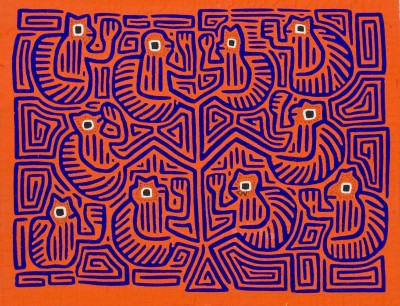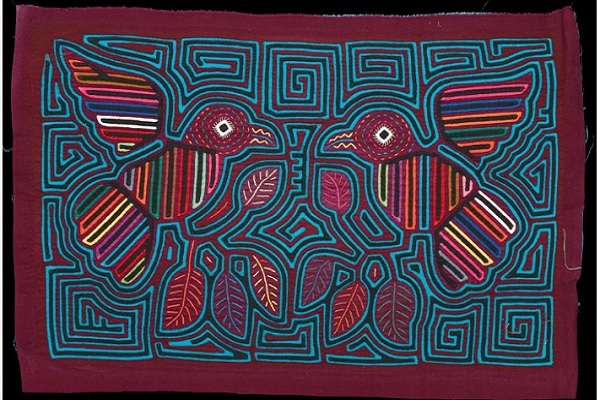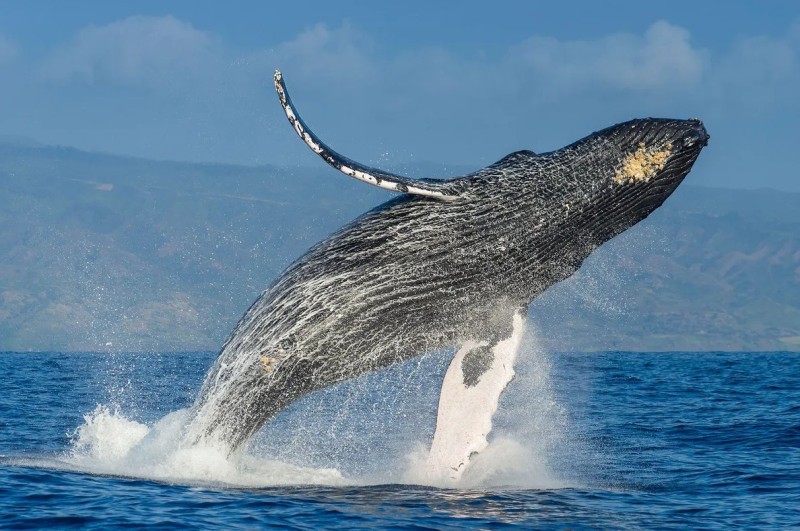Spread across a territory stretching from the San Blas islands in Panama to the Darien isthmus in Colombia, the indigenous Kuna ethnic group possess a unique craft, now exhibited in the world’s greatest museums for its finesse and beauty: the mola!
Deep Roots

Mola, which originally means “the plumage of the bird” in the Dutegaya language, has taken on a more generic meaning in the idiom over the last few decades to designate “a garment”. It is inspired by the geometric body paintings of the Kunas women. With the arrival of the Spanish and the adoption of clothing, these ephemeral motifs were transformed into textile sculptures, woven with care and passion.
Woven Narratives
Each mola is a narrative. The motifs, whether they evoke fauna, flora, mythology or the daily life of the tribe, offer a precious insight into the world of these people. The Tejiolos (weavers of this art) sometimes devote up to six months to a single creation, underlining the complexity and preciousness of their work.
The Kunas Women: Legacy Bearers
In the Kuna community, women are at the heart of tradition. They are the custodians of this ancestral art, and the only ones who can make and wear molas. In addition to their clothing function, these textiles are emblems of identity, transmission and pride, reflecting the collective memory of this indigenous people.
A World Echo

The brilliance and uniqueness of the molas have conquered the world, seducing art lovers and cultural institutions alike. Today, these works are celebrated as artistic jewels, testifying to the cultural richness of the Kunas. In an ever-changing world, the mola is a reminder of the importance of cherishing and magnifying cultural diversity. This art form, which is currently in the process of being classified as a UNESCO Intangible Heritage Site, has its own dedicated museum in Panama.
La mola is a textile ode to the soul of the Kunas, a symphony of colour and form. Each piece echoes a thousand-year-old history, a bridge between yesterday and today, and a tribute to the strength and ingenuity of the Kunas women.







